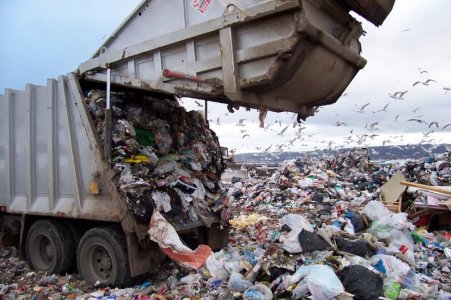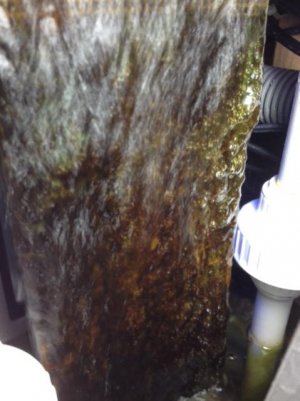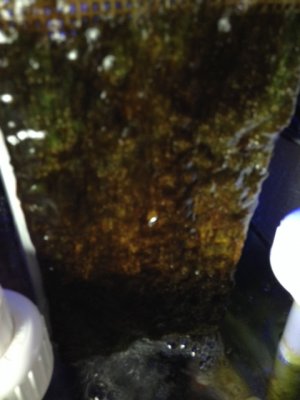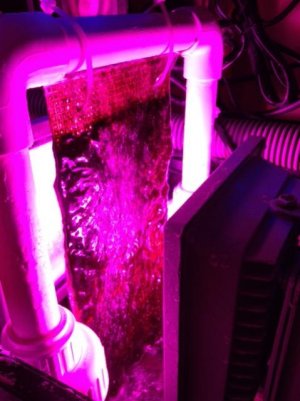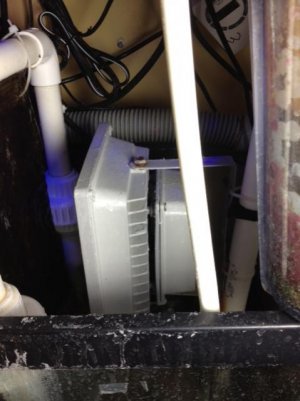JohnnyB in SD
New member
A non-vertical screen only has flow on one side, so at best it is half as strong.
Half as strong as a vertical lit on two sides? I'll agree with that all day long.
But a screen lit on one side is already halved from two sided, so why halve a horizontal again from that? Halving twice means it would take 4 square feet to equal the 12" x 12". I would think that a 12" x 24" angled is comparable to a 12" x 12" vertical lit both sides because the illuminated surface area is equal? It appears to me that the effectiveness of angled/horizontal units is being highly discounted.
Don't get me wrong, I've been using verticals for the last couple/few years and they are the best thing I've ever done to maintain water quality. And for most (especially first time) users, they should be highly promoted over other configurations. But it seems the only reference to horizontals is how problematic and ineffective they are so don't even bother - end of story. There's little discussion regarding the challenges or how to overcome them.
I am maxed out space wise with 234 square inches of two sided verticals, which are difficult to access, causing me to neglect regular cleaning when I'm busy or lazy. I have the opportunity to use 576 Sq In of "horizontal" in the same or less space, which will be so easy to maintain I can make my 12 year old do it - and he will enjoy it.
I don't think it will take 936 Sq Inches to replace the verticals in filtering capacity if the flow and lighting is of equal strength.
I'm just trying to make an informed decision, and build if warranted without excessive trial and error.

